Local news is essential to building healthy communities. One of the most obvious examples of this was the spread of the COVID-19 pandemic, when different communities had different needs and were impacted in different ways. Local news ensured that people knew what to do.
More broadly, readers are looking for local news more than ever before. Queries on Google Search like “News near me” have increased three-fold over the past five years, reaching an all time high during the COVID-19 pandemic in May 2020.
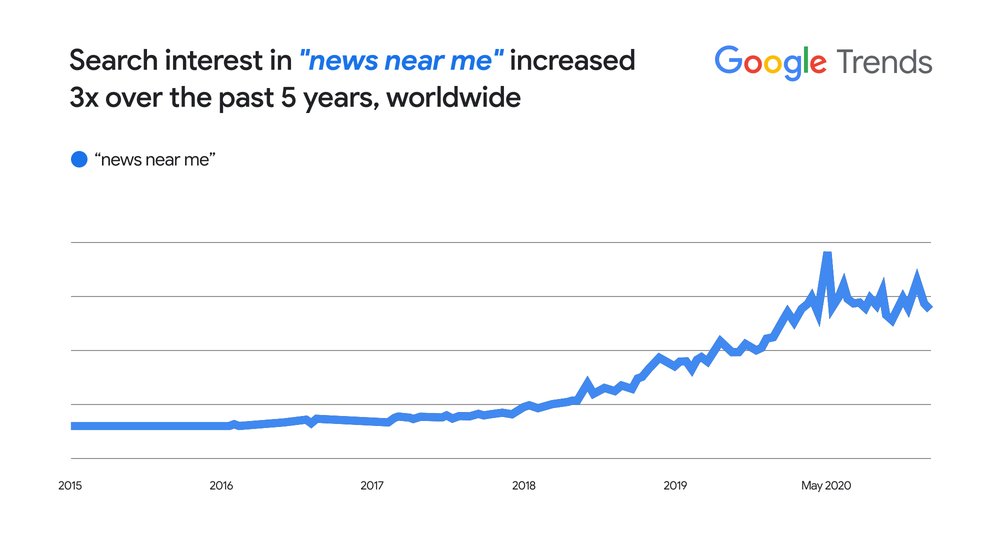
At Google, we’re dedicated to finding new ways to help readers better connect with publishers and helping publishers more efficiently and creatively produce quality journalism their readers want. A year ago, we launched Journalist Studio, a set of free tools reporters can use in their daily jobs. Today we’re announcing a number of new features to help local publishers connect to readers, and new tools for reporters to produce deeper, more digitally focused work.
New product features for news
We have a number of new news features coming to Google Search to help readers find content from local publishers even more easily than before. First, we’re expanding a feature that we initially launched for COVID searches. Readers will soon see a carousel of local news stories when Google finds local news coverage relevant to their query. This carousel will be available globally in all languages and helps readers easily find stories near them from local news publishers. The feature helps local publishers by adding another way for their essential reporting to reach the community that needs it most.
Over the past few months, we've also been working on improving our systems so authoritative local news sources appear more often alongside national publications, when relevant, in our general news features such as Top Stories. This improvement ensures people will see authoritative local stories when they’re searching for news, helping both the brand and the content of news publishers reach more people.
In addition, we have improved the local news experience by refining our ability to understand topics beyond just broad areas, like sports, to narrower subtopics, such as football and high school football. When paired with our location signals, this helps readers get more relevant material for the topics they are searching. For example, if you’re in Detroit and search for football, we’ll now show you results for local high school and college teams, rather than just showing you results for, say, the professional team.
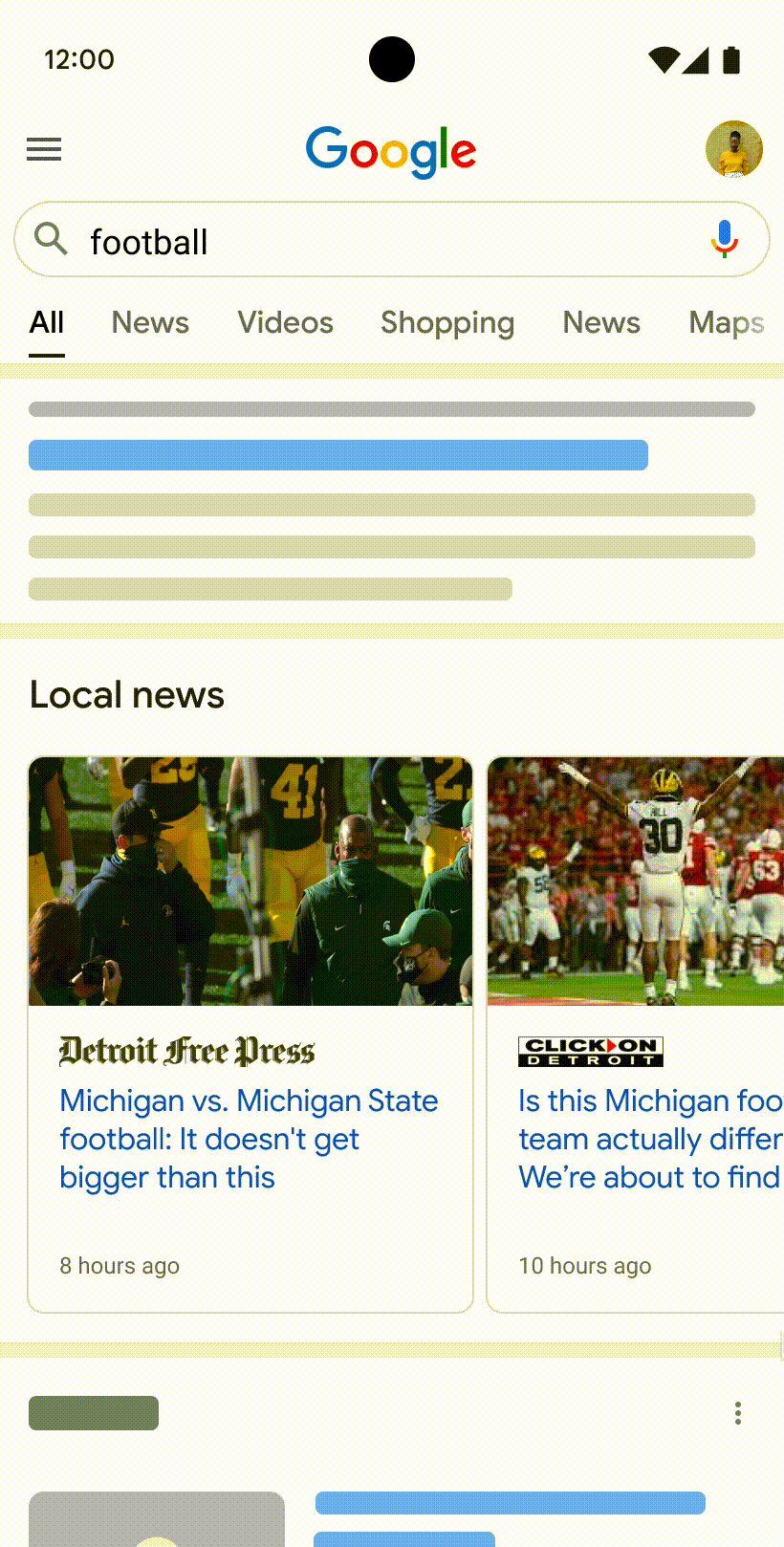
An example of how local news results will update to show additional subtopics
Social media can give readers additional information that they may be looking for about local issues. We recently launched a new way to help people find local information on the topics they’re searching for by surfacing tweets by local, authoritative sources and authors, including tweets from news organizations.
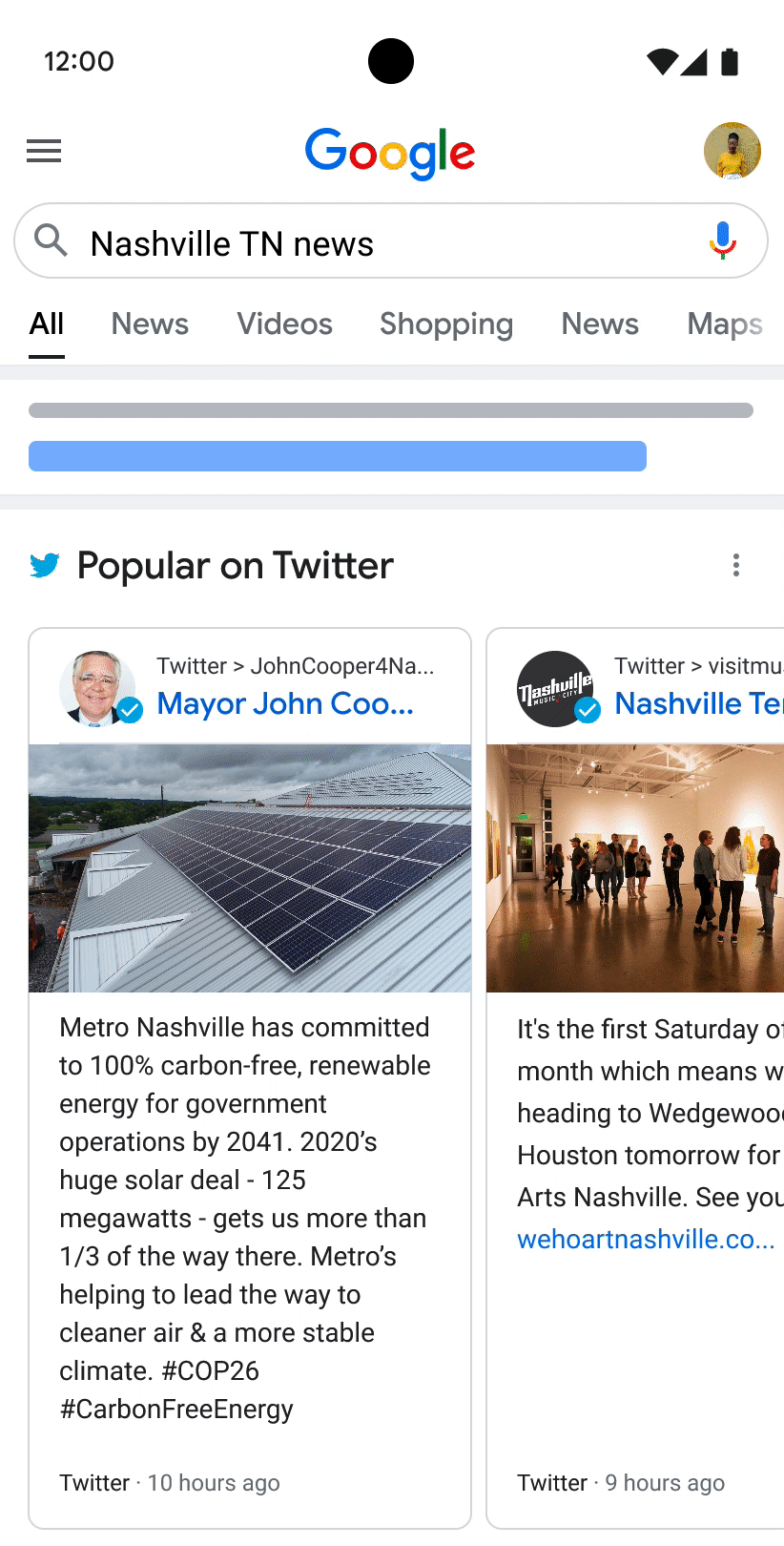
An example of how tweets by local, authoritative sources and authors can appear.
New data tools for reporters
In addition to our product news, we’ve also been looking at how we can help reporters cover stories with locally relevant data.
The U.S. Census is one of the largest data sets journalists can access. It has layers and layers of important data that can help reporters tell detailed stories about their own communities. But the challenge is sorting through that data and visualizing it in a way that helps readers understand trends and the bigger picture.
Today we’re launching a new tool to help reporters dig through all that data to find stories and embed visualizations on their sites. The Census Mapper project is an embeddable map that displays Census data at the national, state and county level, as well as census tracts. It was produced in partnership with Pitch Interactive and Big Local News, as part of the 2020 Census Co-op (supported by the Google News Initiative and in cooperation with theJSK Journalism Fellowships).
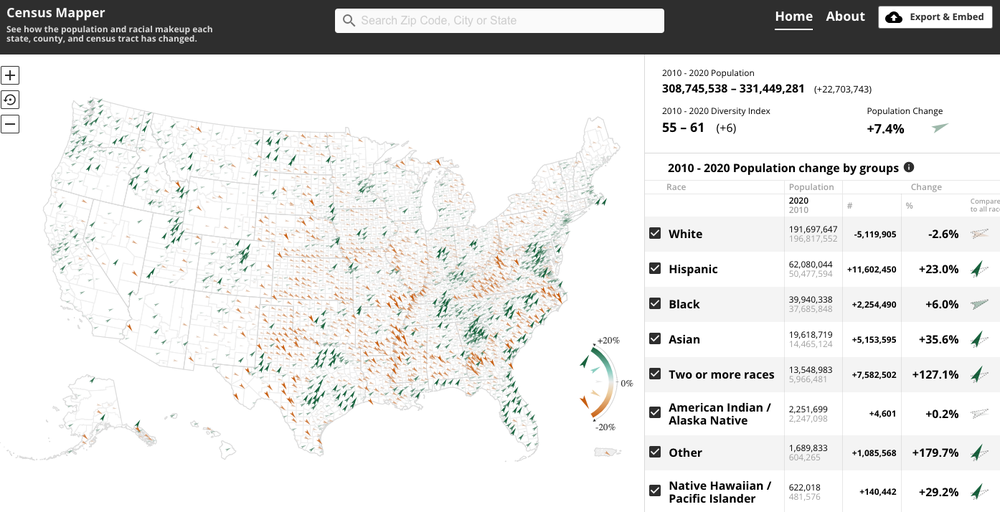
Census Mapper shows where populations have grown over time.
The Census data is pulled from the data collected and processed by The Associated Press, one of the Census Co-op partners. Census Mapper then lets local journalists easily embed maps showing population change at any level, helping them tell powerful stories in a more visual way about their communities.
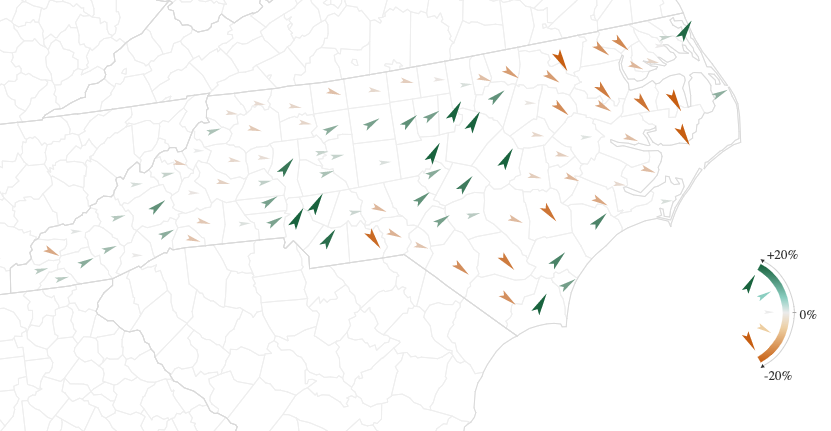
With the tool, you can zoom into states and below, such as North Carolina, shown here.
As part of our investment in data journalism we’re also making improvements to our Common Knowledge Project, a data explorer and visual journalism project to allow US journalists to explore local data. Built with journalists for journalists, the new version of Common Knowledge integrates journalist feedback and new features including geographic comparisons, new charts and visuals.
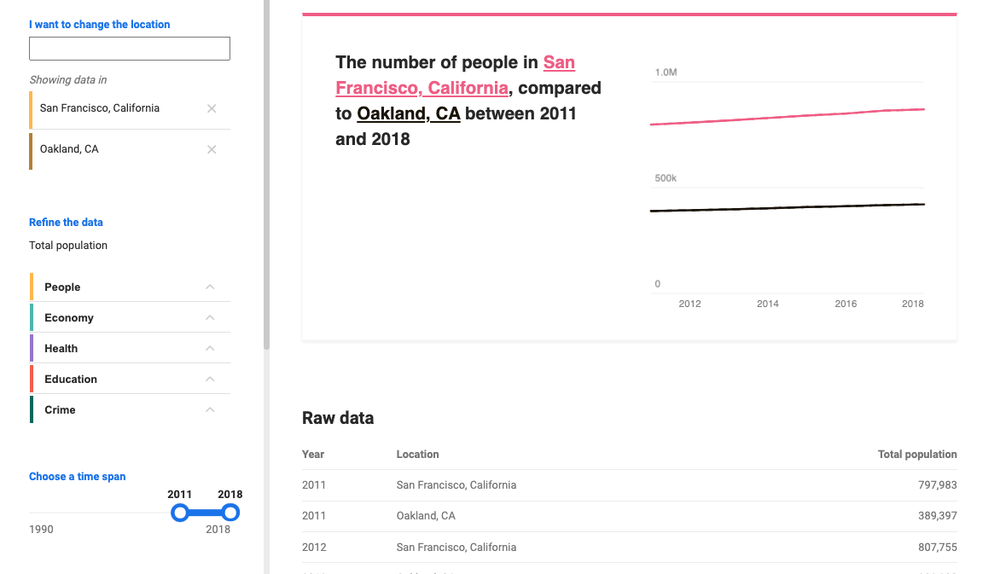
An example of the new look of the Common Knowledge Project

Another example of the new look of the Common Knowledge Project
We’re dedicated to supporting local newsrooms at every level of their reporting — from helping find, collect and visualize data, to searching through the data for stories. We know the importance of local news to communities and we’re invested in continuing to help local news publishers reach and engage audiences looking for their essential reporting.
from The Keyword https://ift.tt/30A6oYa
via gqrds

0 Comments